Practice soldering IC bases on PCBs
Objectives: At the end of this exercise you shall be able to
- soldering IC bases on PCB
- inspect the soldered joints of IC bases on the PCB.
SOLDERING
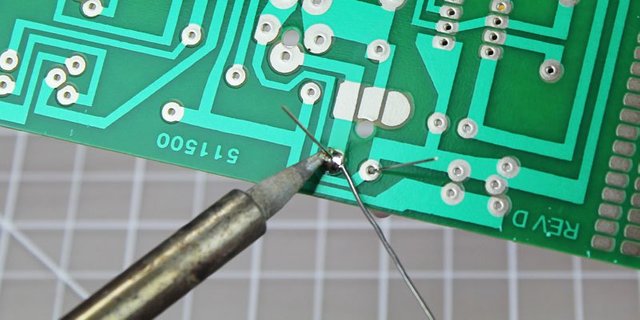
Soldering is a skill anyone working or experimenting in electronics needs to know. Proper soldering takes practice, patience, and persistence. Solder is a metallic “glue” that holds the parts together and forms a connection that allows electrical current to flow.
- Soldering is a process in which two or more metal items are joined together by melting and then flowing a filler metal into the joint—the filler metal having a relatively low melting point.
- Soldering is used to form a permanent connection between electronic components.
- The metal to be soldered is heated with a soldering iron and then solder is melted into the connection.
- Only the solder melts, not the parts that are being soldered.
Soldering Basics
Materials Needed for Soldering
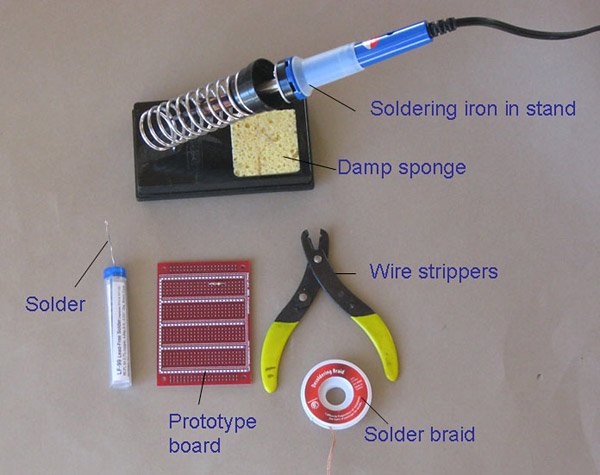
A. Soldering Iron
- A soldering iron is used to heat the connections to be soldered.
- For electronic circuits, you should use a 25- to 40-watt (W) soldering iron.
- Higher wattage soldering irons are not necessarily hotter; they are just able to heat larger components.
- A 40-W soldering iron makes joints faster than a 25-W soldering iron does.
B. Solder/Soldering Lead ( Rosin Core Solder)
- Solder has a lower melting point than the metals that are being connected do. The solder melts when it is heated by the soldering iron, but the metals being joined will not melt.
- The rosin core acts as a flux. It prevents oxidation of the metals that are being connected, and enhances the ability of the solder to "wet" the surfaces that are being joined.
- Solder that is used to join copper pipes has an acid core, which is appropriate for pipes, but will corrode electronic connections. Use solder that has a rosin core.
- For most electronics work, a solder with a diameter of 0.75 millimeters (mm) to 1.0 mm is best.
- Thicker solder might make soldering small joints difficult and also increases the chances of creating solder bridges between copper pads that are not meant to be connected.
- An alloy of 60/40 (60% tin, 40% lead) is used for most electronics work, but lead-free solders are available as well.
C. Soldering Stand
- There are a variety of stands available. It is important to always keep the hot iron in its stand when not in use.
D. Sponge
- The damp sponge is used to clean the tip of the iron.
E. Solder Braid
- This is used to remove solder.
- To use the braid, place it over the solder to be removed and heat it from above with the iron. The solder will flow into the braid.
- Solder braid is used to extract an electronic component that is soldered onto a board.
- It is also used to reduce the amount of solder on a connection.
F. Prototype Board
- A prototype board is used to assemble the circuit.
- Prototype boards have copper tracks or pads for connecting components.
G. Steel wool or Fine Sandpaper
- This is used to clean connections prior to soldering.
- Solder will not flow over a dirty connection.
Soldering Process
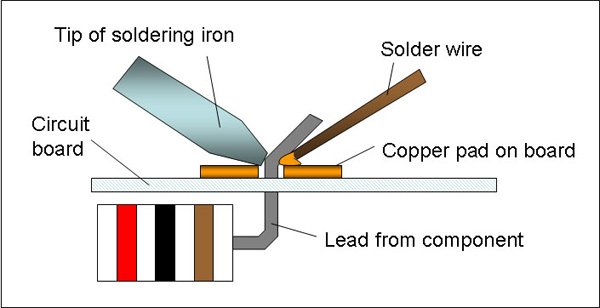
1. Solder needs a clean surface on which to adhere.
- Buff the copper foil of a PC board with steel wool before soldering.
- Remove any oil, paint, wax, etc. with a solvent, steel wool, or fine sandpaper.
2. To solder, heat the connection with the tip of the soldering iron for a few seconds, then apply the solder.
- Heat the connection, not the solder.
- Hold the soldering iron like a pen, near the base of the handle.
- Both parts that are being soldered have to be hot to form a good connection.
3. Keep the soldering tip on the connection as the solder is applied.
- Solder will flow into and around well-heated connections.
- Use just enough solder to form a strong connection.
4. Remove the tip from the connection as soon as the solder has flowed where you want it to be. Remove the solder, then the iron.
5. Don't move the connection while the solder is cooling.
6. Don't overheat the connection, as this might damage the electrical component you are soldering.
- Transistors and some other components can be damaged by heat when soldering. A crocodile clip can be used as a heat sink to protect these components.
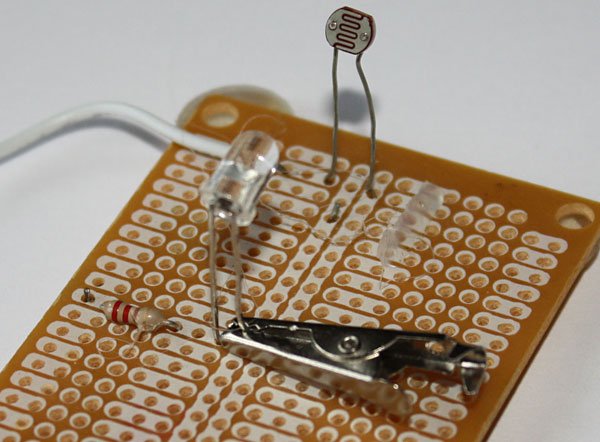
7. Soldering a connection should take just a few seconds.
8. Inspect the joint closely. It should look shiny.
- If you are soldering a wire (called the lead) onto a PC board (on the track), it should have a volcano shape.
- If the connection looks bad, reheat it and try again.
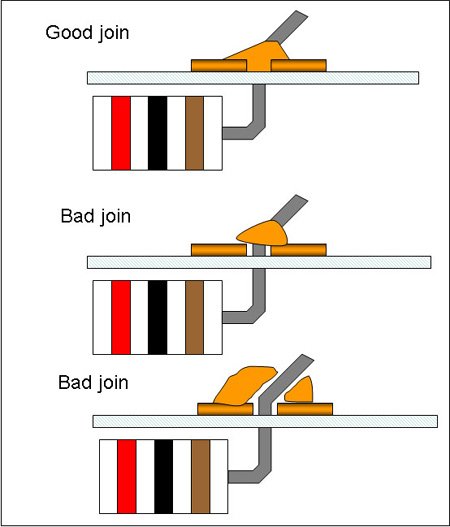
Post a Comment
If you have any doubts, please let me know